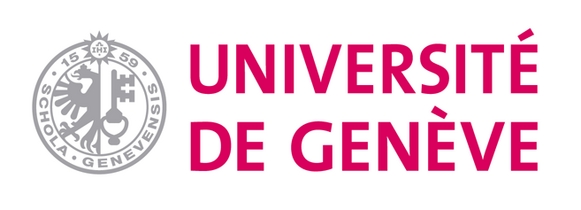Time dependency in diffusion models: Gamma-diffusion models as an alternative to the Hernes model
| Author | |
|---|---|
| Résumé |
The marriage process in a cohort is sometimes analyzed with the Hernes model. This model presents a convenient property that clearly allows one to distinguish the quantum effect in the cohort from the tempo effect. Hernes (1972) formulated originally his model in terms of diffusion or contagion of marriage from people who were already married to those not yet married. The spread of the proportion of married people in the cohort has an increasing effect on the risk of marriage for singles. However, this increasing effect is slowed down due to facts that unmarried people progressively cease to be attractive on the marriage market when aging and that because the number of potential partners decrease. Hernes mentions that this decreasing force could be related to another mechanism in which each individual in the cohort could be heterogeneous in his or her susceptibility to marriage. This assertion, however, does not anymore correspond to his model, as it is formalized. This paper first develops models corresponding to this mechanism, the gamma-logistic and gamma-mixed influence diffusion models in which heterogeneity in susceptibility is hypothesized to be distributed as a gamma function. The second part is devoted to developing an application of the gamma-mixed-influence model on data from the Wisconsin Longitudinal Study and to comparing results with those obtained by the estimation of the Hernes model. |
| Année de publication |
2012
|
| Journal |
LIVES Working Papers
|
| Volume |
016
|
| Nombre de pages |
1-24
|
| Numéro ISSN |
2296-1658
|
| URL |
http://dx.doi.org/10.12682/lives.2296-1658.2012.16
|
| DOI |
10.12682/lives.2296-1658.2012.16
|
| Mots-clés | |
| Download citation | |
| File (PDF) |

